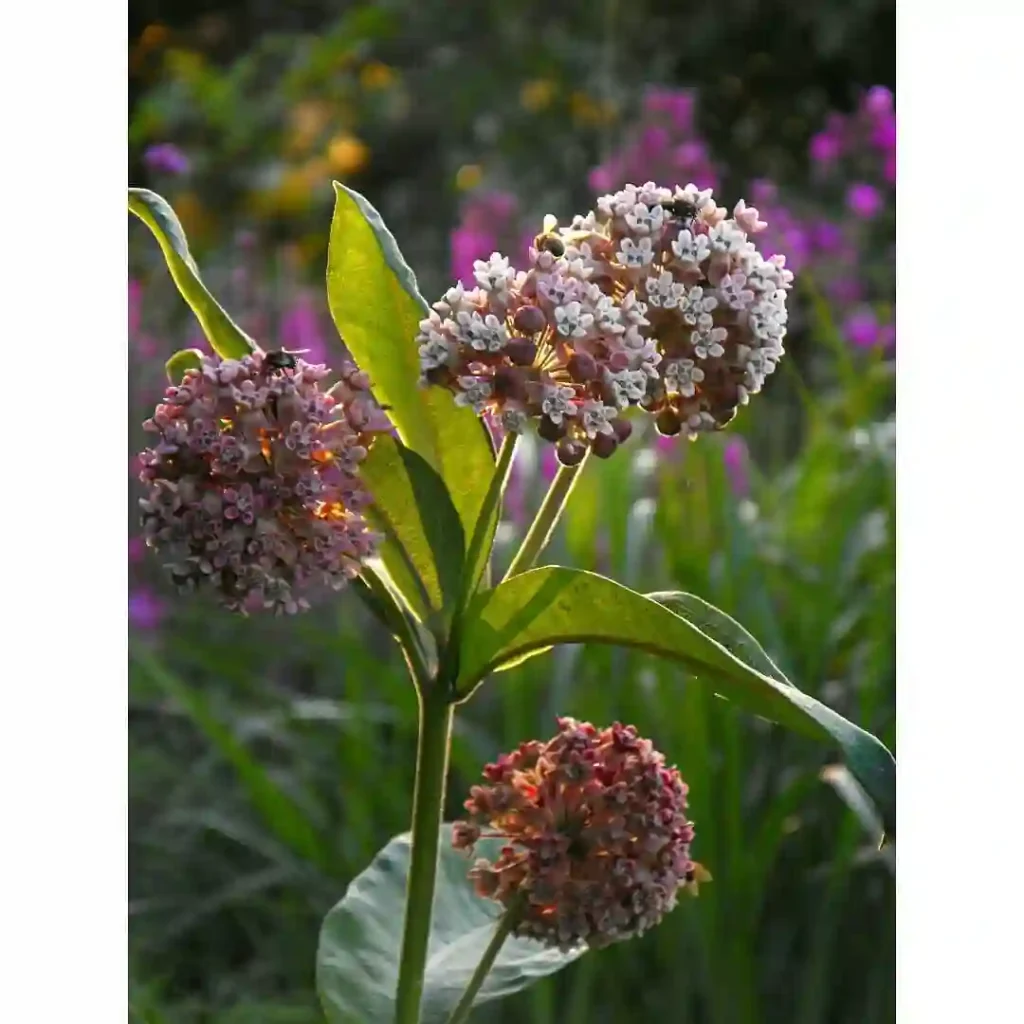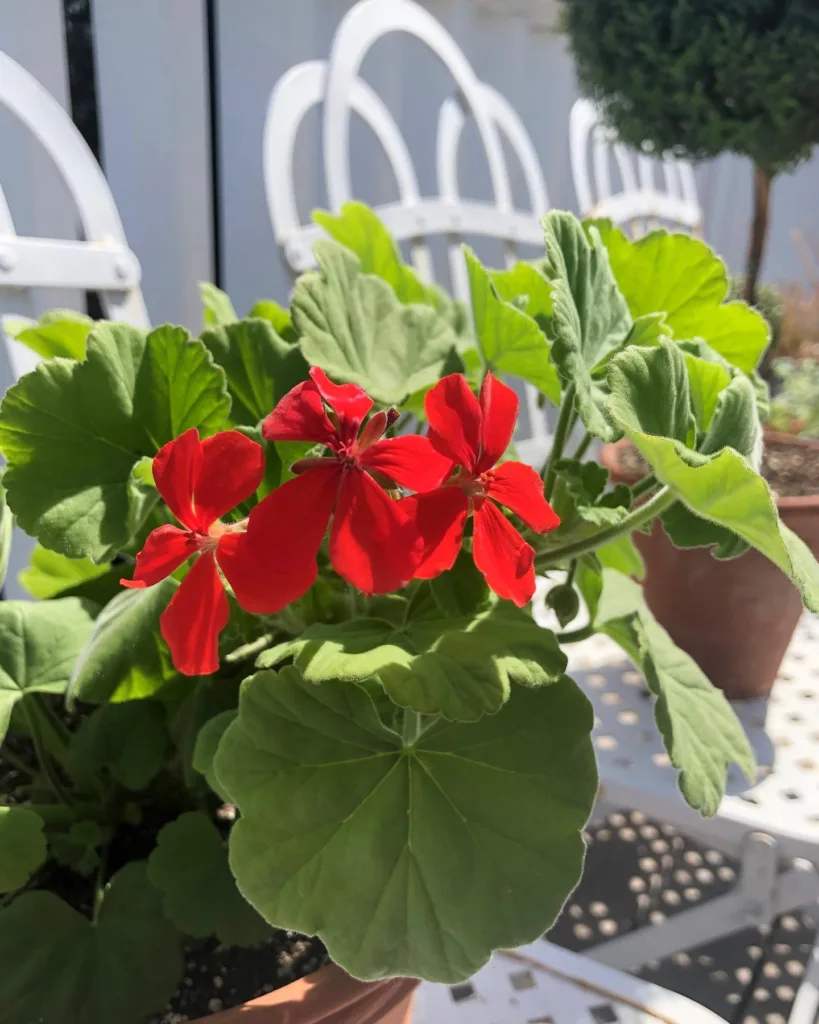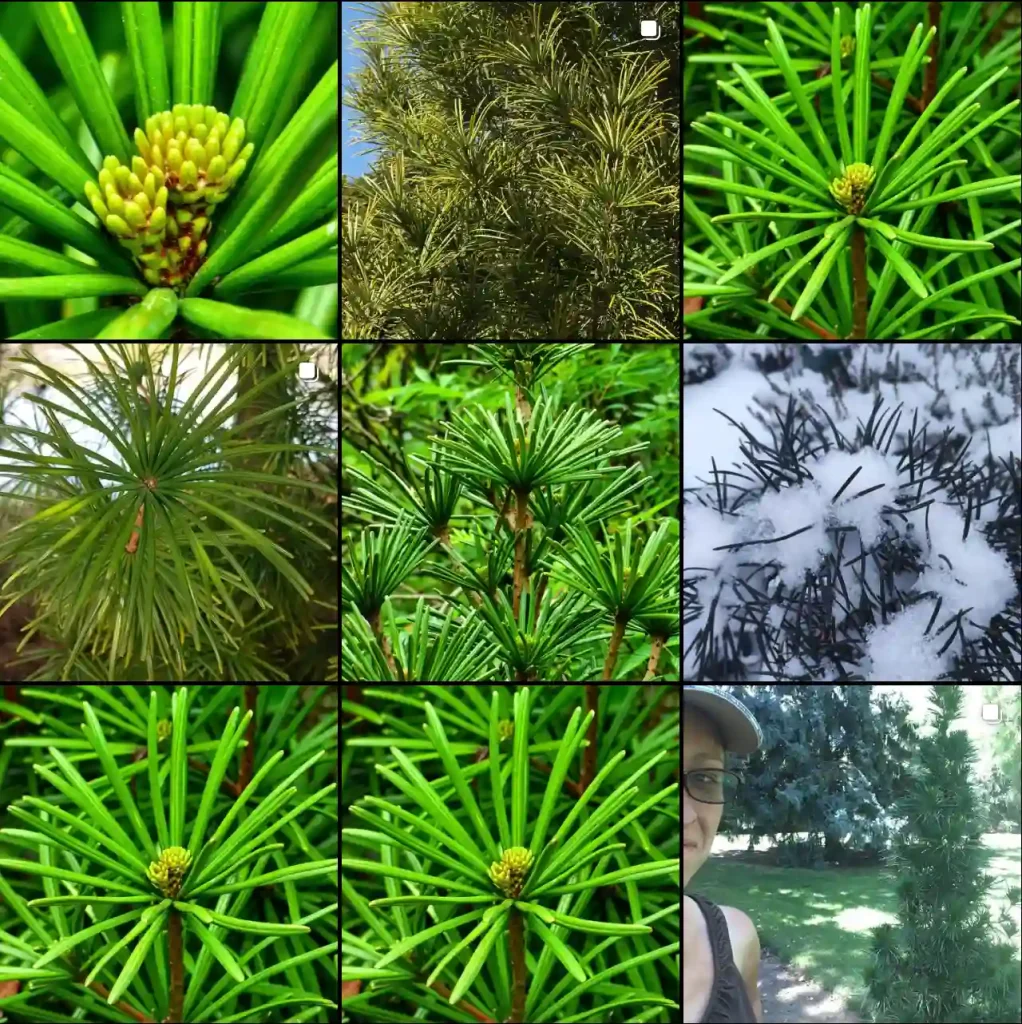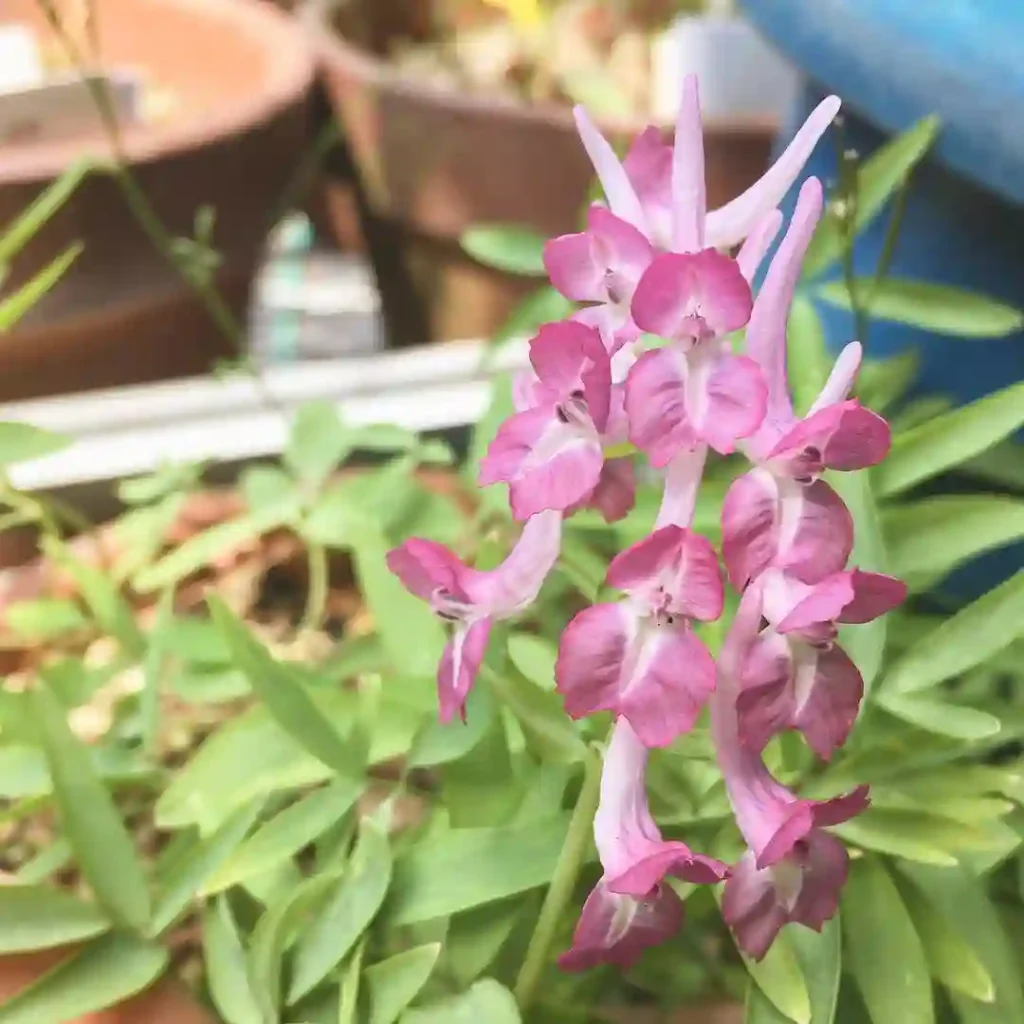
FAQs About Wisteria Sinensis
As a passionate gardener, I’ve had my fair share of experiences with Wisteria Sinensis, also known as Chinese Wisteria. This stunning plant, with its cascading clusters of purple flowers, can transform any garden into a lush, fragrant paradise. Over time, I’ve gathered answers to some of the most frequently asked questions about this beautiful plant. If you’re considering adding Wisteria Sinensis to your garden or just curious about its care, here’s everything you need to know.
4 Species in Genus Wisteria
How to Plant Wisteria Sinensis?
Planting Wisteria Sinensis requires a bit of planning but is quite straightforward. Choose a spot with full sun to partial shade and ensure the soil is well-draining. Before planting, amend the soil with compost to improve its fertility. Dig a hole twice as wide and as deep as the root ball of your Wisteria Sinensis. Place the plant in the hole, making sure the top of the root ball is level with the soil surface. Backfill with soil, water thoroughly, and mulch around the base to retain moisture and suppress weeds.
Can You Grow Wisteria Sinensis in a Pot?
Yes, you can grow Wisteria Sinensis in a pot, but there are some caveats. Since Wisteria Sinensis is a vigorous climber, you’ll need a large pot to accommodate its root system. Opt for a container that’s at least 24 inches in diameter. Use a high-quality potting mix and ensure the pot has good drainage. Regularly check for signs of root-bound conditions and repot if necessary. Provide a sturdy trellis or support for the vine to climb.
How to Grow Wisteria Sinensis?
Growing Wisteria Sinensis involves providing the right conditions and regular care. Ensure the plant receives plenty of sunlight, ideally 6-8 hours a day. Water the plant regularly, especially during dry spells, but avoid waterlogging. Fertilize in early spring with a balanced fertilizer to promote healthy growth. Pruning is crucial for shaping the plant and encouraging flowering. After the blooms fade, cut back the previous year’s growth to maintain the desired shape and promote new shoots.
Is Wisteria Sinensis Evergreen?
Wisteria Sinensis is not evergreen. It is deciduous, meaning it loses its leaves in the fall. In winter, you’ll see its bare branches, which can actually add a certain architectural interest to your garden. The plant will regrow its foliage in the spring, followed by its stunning flower clusters.
What is the Difference Between Wisteria Floribunda and Sinensis?
Wisteria Floribunda, also known as Japanese Wisteria, and Wisteria Sinensis, or Chinese Wisteria, are two popular species. The primary differences lie in their flowering habits and growth. Wisteria Sinensis tends to bloom earlier in the spring and produces shorter, more compact clusters of flowers. In contrast, Wisteria Floribunda flowers later and has longer, more pendulous clusters. Additionally, Wisteria Floribunda generally has a more vigorous growth habit compared to Wisteria Sinensis.
How Fast Does Wisteria Sinensis Grow?
Wisteria Sinensis is known for its rapid growth. In ideal conditions, it can grow up to 10 feet in a single year. However, this vigorous growth requires regular pruning to keep the plant manageable and to encourage flowering. Without proper pruning, Wisteria Sinensis can become overgrown and may take over your garden space.
How to Force Flowering in Wisteria Sinensis?
To encourage Wisteria Sinensis to flower, it’s essential to ensure the plant is well-established and receiving the right care. Prune the plant regularly to shape it and remove any excess growth. Provide a balanced fertilizer in early spring to support blooming. Additionally, avoid over-fertilizing with nitrogen, as this can lead to excessive leafy growth at the expense of flowers.
How to Grow Wisteria Sinensis from Seed?
Growing Wisteria Sinensis from seed requires patience and care. Start by soaking the seeds in water for 24 hours to improve germination. Plant the seeds in a seed tray filled with a well-draining seed compost. Keep the tray in a warm, sunny location and maintain moist soil. Germination can take several weeks to months. Once the seedlings have developed a few sets of leaves, transplant them into larger pots or directly into the garden.
Is Wisteria Sinensis Invasive?
Wisteria Sinensis has the potential to be invasive, particularly in areas with favorable growing conditions. Its vigorous growth and ability to spread quickly can outcompete native plants and damage structures. In some regions, it’s considered invasive and may be restricted. It’s important to keep this in mind and manage the plant carefully to prevent it from becoming a nuisance.
When Does Wisteria Sinensis Flower?
Wisteria Sinensis typically flowers in late spring to early summer. The exact timing can vary depending on your climate and growing conditions. In general, you can expect the plant to start blooming around May and continue into June. The flowers appear in long, cascading clusters that can last for several weeks.
Where to Buy Wisteria Sinensis?
You can purchase Wisteria Sinensis from various sources including local nurseries, garden centers, and online retailers. When buying, look for a reputable supplier that offers healthy, well-grown plants. Check for signs of good health, such as vibrant foliage and a robust root system.
Why is My Wisteria Sinensis Caroline Dying?
If your Wisteria Sinensis Caroline is dying, it could be due to several factors. Common issues include improper watering, poor soil drainage, or pest infestations. Check the plant for signs of root rot or diseases. Ensure the plant is not waterlogged and that it has adequate sunlight. Address any pest problems promptly and consider consulting with a local gardening expert for specific advice.
Wisteria Sinensis vs. Floribunda
Comparing Wisteria Sinensis and Wisteria Floribunda often comes down to flowering characteristics and growth habits. Wisteria Sinensis typically has shorter, denser flower clusters and blooms earlier. Wisteria Floribunda, on the other hand, features longer flower clusters and blooms later. Both are beautiful, but your choice may depend on the specific aesthetic you prefer and the growing conditions in your area.
Wisteria Sinensis vs. Prolific
Wisteria Sinensis Prolific is a cultivar known for its particularly heavy flowering. It produces more blooms than the standard Wisteria Sinensis, often in larger clusters. If you’re looking for a wisteria variety with a higher flowering density, Prolific might be a better choice. However, it also requires regular pruning to manage its vigorous growth and maintain its shape.
In conclusion, Wisteria Sinensis is a fantastic addition to any garden with its beautiful flowers and lush growth. By understanding its care requirements and differences from similar species, you can ensure a thriving and stunning display in your outdoor space.
If i die, water my plants!



